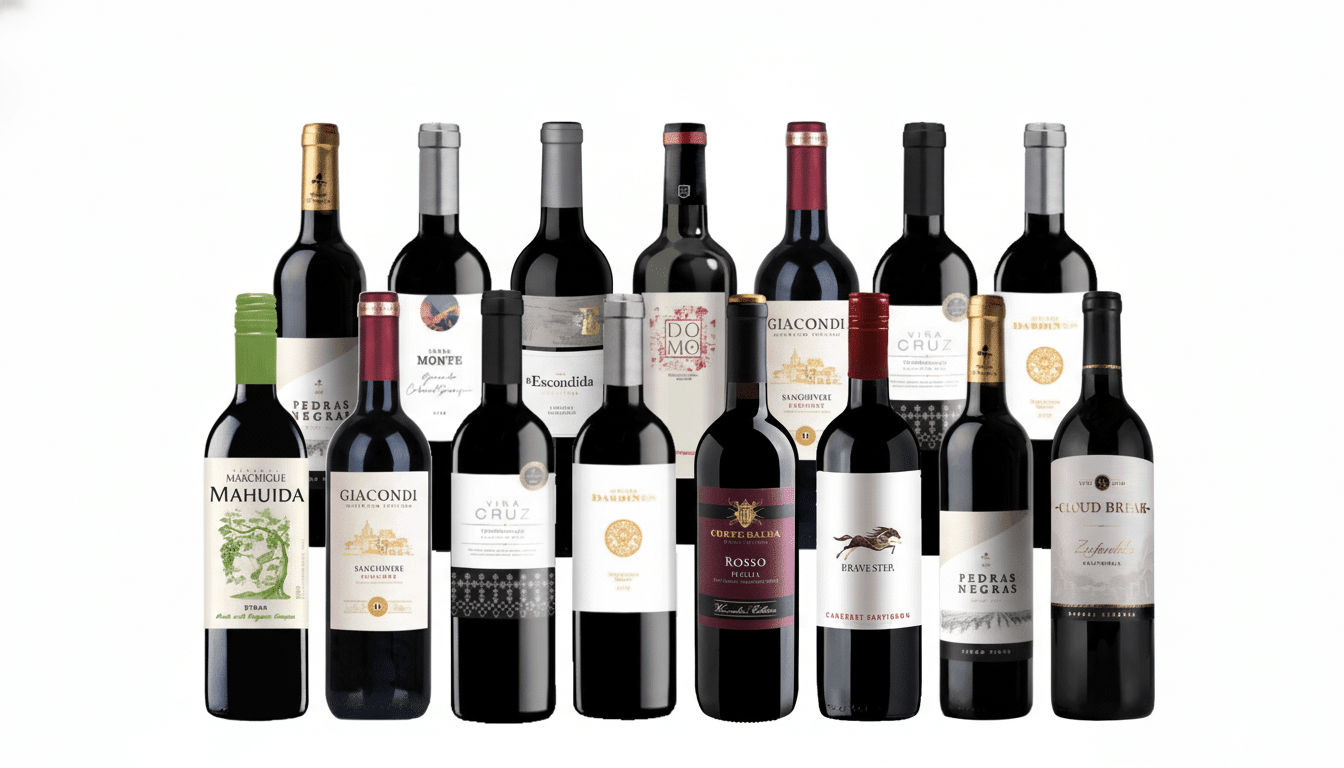It just got easier to run Windows software on Linux. The most recent Winboat build takes the smart, VM-based utility one step closer to prime time, achieving even tighter integration with everyday Windows apps and avoiding cumbersome dual-boot setups or finicky compatibility layers.
What Sets This Approach Apart From Wine and Proton
As opposed to Wine or Proton, which translate Windows calls as they happen, Winboat starts up a slimmed-down Windows environment, allowing applications to execute as they are intended.

That is important for recalcitrant line-of-business tools, drivers, and installers that expect a real Windows runtime.
Linux desktop usage hovers in the low single digits worldwide according to StatCounter, which means many people are still reliant on at least one Windows-only app. Winboat goes after that reality with an experience more akin to launching a regular Linux app than managing a full virtual machine.
What’s Changed In The Latest Winboat Release
The new version adds multi-monitor support, optional sharing of your Linux home directory, and a wide round of stability fixes and UI polish. It’s a meaningful step toward a 1.0, particularly for those who shuttle between multiple displays or regularly share files among environments.
There are caveats. Multi-monitor behavior is still funky in spots, especially due to mixed orientations; a horizontal-and-vertical configuration can lead to cursor weirdness and wonky window maximization. It’s beta software, and the rough edges are there — but its forward momentum is obvious.
Integration Gains, With Sensible Safeguards
“That’s fair, but home sharing is awfully convenient.” (Yes, however, it does indeed expose you to Windows-borne malware.) Think of it as plugging a Windows PC into your critical files:
- Use a dedicated shared directory.
- Don’t run unsolicited downloads.
- Scan anything that crosses the threshold.
The project’s own notes recommend caution — and that’s the right call.
For most home-use scenarios, especially in a multi-device household, clipboard sync and targeted folder sharing should be an ideal primitive for many file workflows without undertaking to give your entire home directory over to the guest. Begin strict, then relax if you need to.

A Closer Look At Performance And GPU Passthrough
The most exciting work in progress
, of course, is Looking Glass integration. It’s the open-source hack that lets you run a low-latency display on a VM with GPU passthrough. If that comes down the pike, it could make some workloads — games, 3D applications, video apps — run close to native on a Linux host.
For many years now, enthusiasts have been using VFIO-based passthrough on Linux to finesse a bare-metal hypervisor in making Windows run at near-native speed inside a VM. Putting a friendlier, app-focused front end on that capability would be a game changer for those of us who need Windows performance and just can’t stand the idea of leaving our Linux desktop behind.
How It Stacks Up Against Wine Proton And Full VMs
Wine and projects based on it — such as CodeWeavers’ CrossOver or Valve’s Proton — are still great for a large number of games and a surprising amount of desktop software. ProtonDB can count thousands of rated playable games, and the success of Steam Deck illustrates how far compatibility layers have come.
But some software is less cooperative: esoteric hardware utilities, enterprise-grade accounting suites, or installers with deep system hooks. Common VMs such as VirtualBox or VMware are good with that, but are heavy. And Winboat hits the sweet spot — Windows where you want it, but Linux-first ease of launching, accessing files, and window management.
Installation Options And Who It’s Best Suited For
Winboat is available as .deb, .rpm, and AppImage formats, so it’s easy to test across major distributions. A one-click Flatpak is what has been asked for by the community: if it comes, you can expect adoption to skyrocket among end users and managed desktops.
If you’re tied to a Windows-only app, move your sensitive files with caution and just spin up a session on one monitor in the current build.
Once you factor in the improved display support, tighter integration, and a credible approach to GPU passthrough, Winboat is quickly shaping up to be the simplest, most reliable way to run Windows applications on Linux without actually living inside of Windows.

